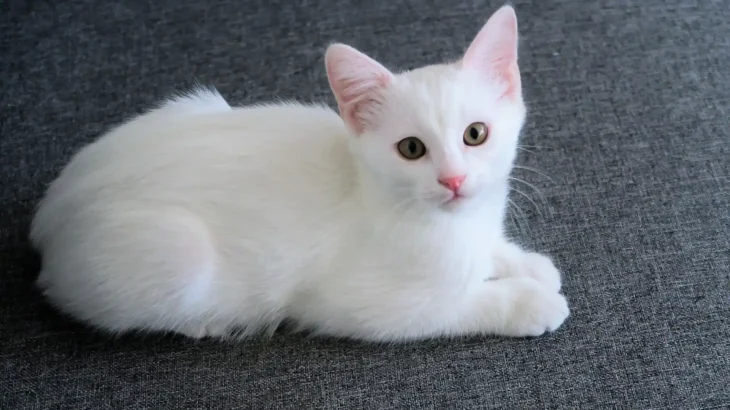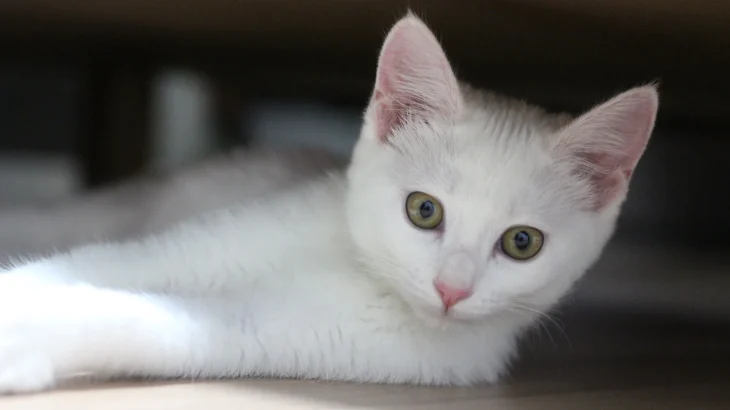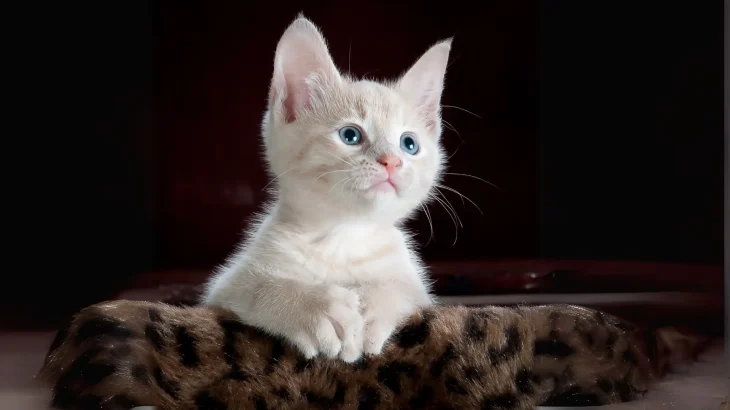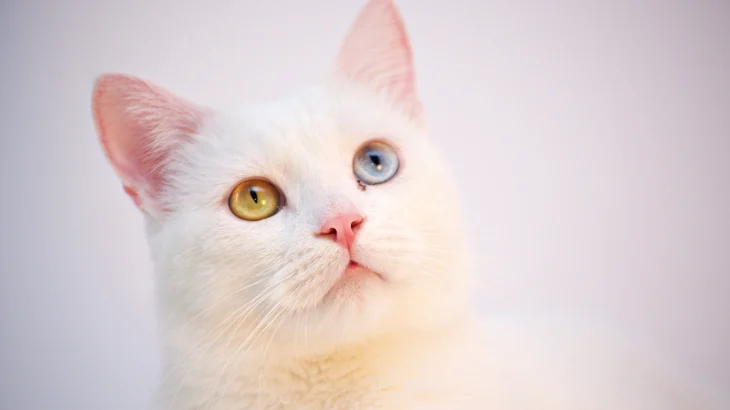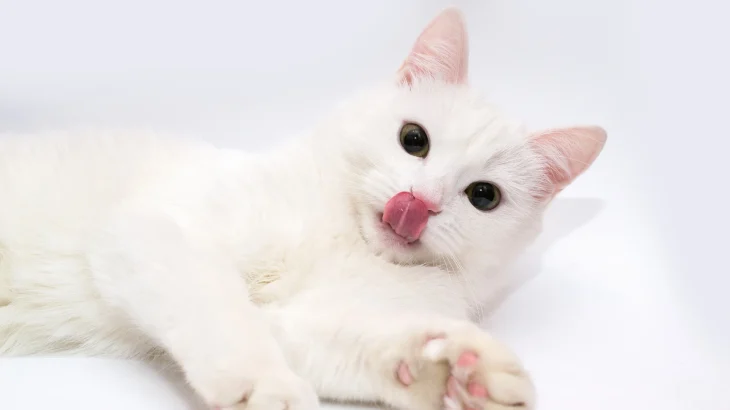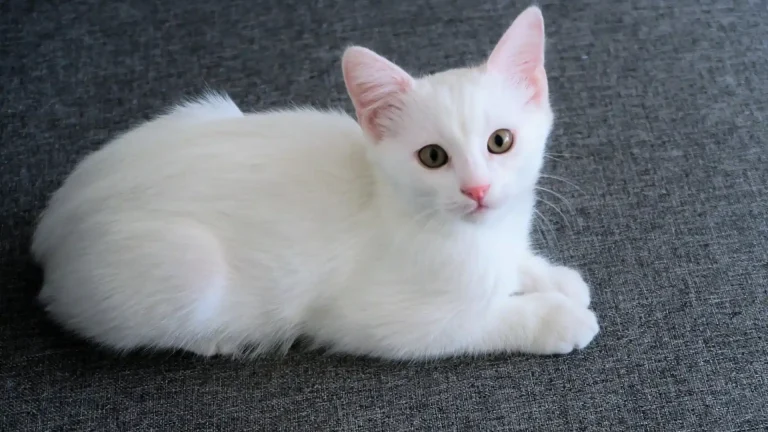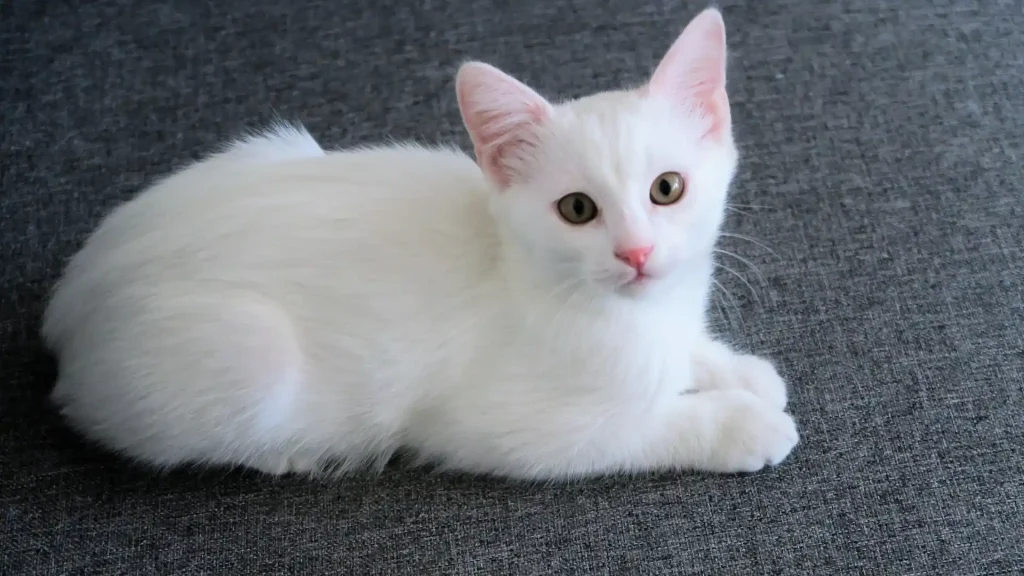Choosing between adopting or purchasing a Chinese White kitten involves weighing the predictability of the kitten's background against the opportunity to provide a loving home to a cat in need. Purchasing from a breeder often guarantees detailed lineage and health history, while adoption offers a more affordable and ethical way to bring a cat into your life, though with less certainty about its past.
Adoption vs. Breeder: Pros & Cons
| Criteria | Buying from Breeder | Adopting from Shelter/Rescue |
|---|---|---|
| Cost | Typically higher, reflecting purebred status and breeder expenses. | Usually lower adoption fees, making it more budget-friendly. |
| Health History | Comprehensive records and genetic screening often provided. | May be incomplete, though shelters conduct basic health checks. |
| Age Availability | Kittens are usually available, letting you raise them early. | Range of ages available, including adults and seniors. |
| Temperament Insight | Breeders can share lineage temperament and socialization details. | Shelter staff observe behaviors but full history might be unknown. |
| Supporting Practices | Supports responsible breeding when choosing ethical breeders. | Contributes to animal welfare by rescuing cats in need. |
| Breed Purity & Pedigree | Ensures recognized breed standards and documented pedigree. | Less likely to guarantee pure breed or pedigree documentation. |

